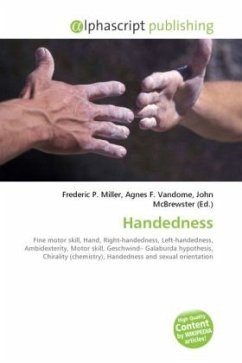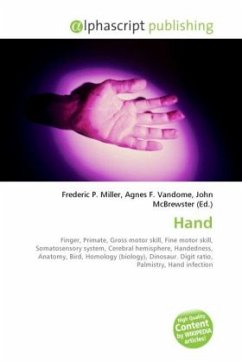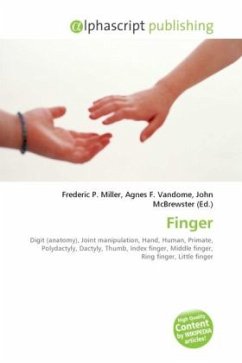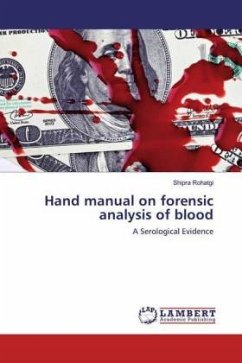Handedness is an attribute of humans defined by their unequal distribution of fine motor skill between the left and right hands. An individual who is more dexterous with the right hand is called right-handed, and one who is more skilled with the left is said to be left-handed. A minority of people are equally skilled with both hands, and are termed ambidextrous. People who demonstrate awkwardness with both hands are said to be ambilevous or ambisinister. Ambisinistrous motor skills or a low level of dexterity may be the result of a debilitating physical condition. There are four main types of handedness: Right-handedness is most common. Right-handed people are more dexterous with their right hands when performing a task; Left-handedness is less common than right-handedness. Left-handed people are more dexterous with their left hands when performing a task. About 8 15% of people are left-handed; Mixed-handedness, also known as cross-dominance, is being able to do different tasks better with different hands. For example, mixed-handed persons might write better with their left hand but throw a ball more efficiently with their right hand.








